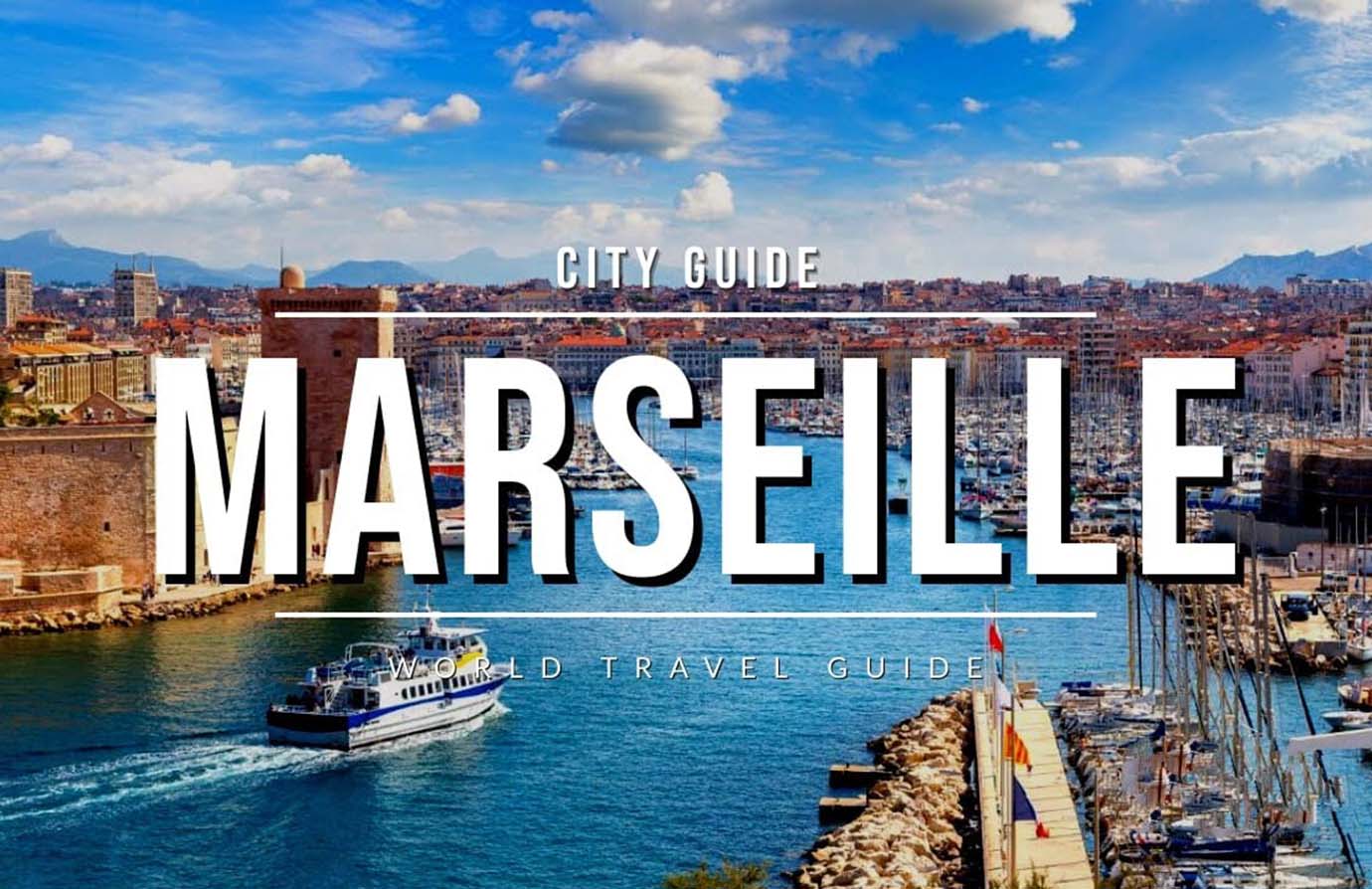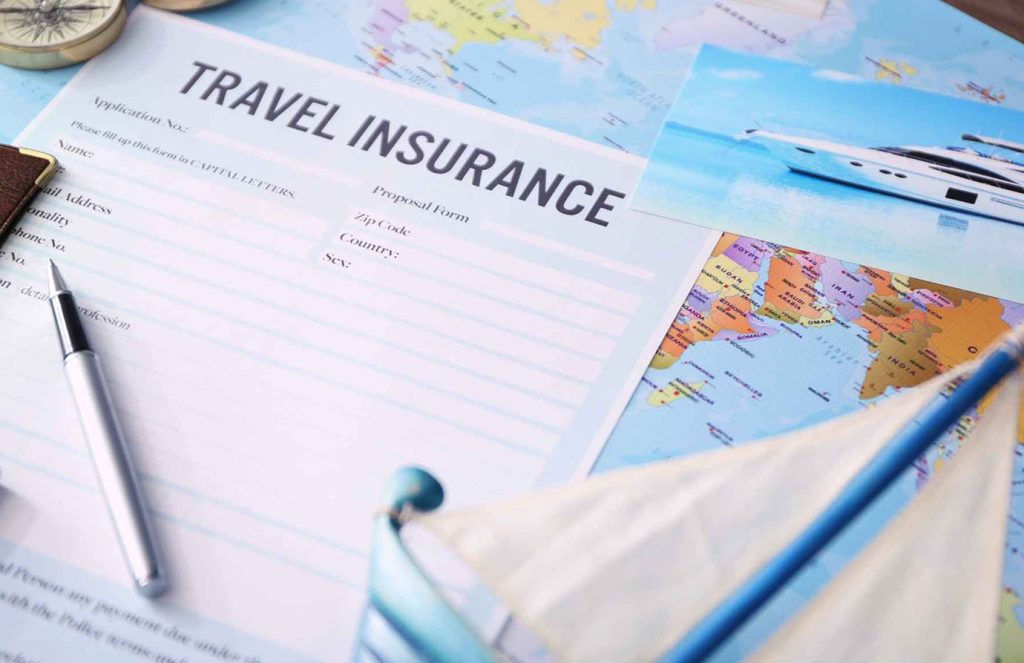Marseille, France’s second-largest city and the capital of the Provence-Alpes-Côte d’Azur region, is a vibrant and multicultural metropolis with a rich history and stunning coastal beauty. Known for its picturesque old port, diverse neighborhoods, and delicious Mediterranean cuisine, Marseille offers visitors a unique blend of urban energy and natural beauty. Before you pack your bags and head to this bustling city, there are a few essential things you should know to make the most of your visit.
1. Understand the City’s Layout and Neighborhoods
Marseille is a sprawling city with a variety of neighborhoods, each offering something different. The city is divided into 16 arrondissements, which are further split into quartiers. Understanding the city’s layout is crucial for navigating its streets and finding the experiences that best suit your interests.
- Le Vieux-Port (Old Port): This is the heart of Marseille and the best place to start your visit. The Old Port is lined with cafes, restaurants, and boats, and it’s where you’ll find the famous fish market. It’s a great area for dining, walking, and taking in the vibrant atmosphere.
- Le Panier: Just north of the Old Port, Le Panier is the oldest district in Marseille. It’s known for its narrow, winding streets, colorful buildings, and street art. It’s a great place to explore on foot and get a sense of the city’s history and character.
- La Canebière: This is Marseille’s main thoroughfare, running from the Old Port to the Réformés Church. It’s a bustling street filled with shops, cafes, and historical buildings.
- Le Cours Julien: This bohemian neighborhood is known for its street art, indie boutiques, and lively nightlife. It’s a great area for those who enjoy a more alternative scene.
- Les Calanques: For nature lovers, the Calanques National Park, located just outside the city, offers breathtaking cliffs and hidden beaches. It’s perfect for hiking, swimming, and taking in the natural beauty of the Mediterranean coast.
2. Best Time to Visit Marseille
The best time to visit Marseille is during the late spring (May to June) or early fall (September to October). During these months, the weather is warm but not overly hot, and the summer crowds have either not yet arrived or have just left. July and August can be quite hot and busy, as this is peak tourist season. However, if you enjoy lively festivals and events, summer might be the perfect time for you. Winters in Marseille are mild but can be rainy and windy, which might limit outdoor activities.
3. Learn a Few French Phrases
While Marseille is a tourist-friendly city, it’s always appreciated when visitors make an effort to speak a little French. Most people in the tourist areas speak some English, but knowing a few basic phrases will go a long way. Here are some key phrases:
- Bonjour (Hello)
- Merci (Thank you)
- S’il vous plaît (Please)
- Parlez-vous anglais? (Do you speak English?)
- Où est…? (Where is…?)
- Combien ça coûte? (How much does it cost?)
Even if your pronunciation isn’t perfect, the effort will be appreciated and can enhance your experience.
4. Navigating Public Transportation
Marseille has a reliable and affordable public transportation system that includes buses, trams, and a metro. The RTM (Régie des Transports de Marseille) operates the network, and tickets can be used across all modes of transport. A single ticket costs around €1.70 and is valid for one hour. You can also purchase day passes or multi-day passes if you plan on using public transportation frequently.
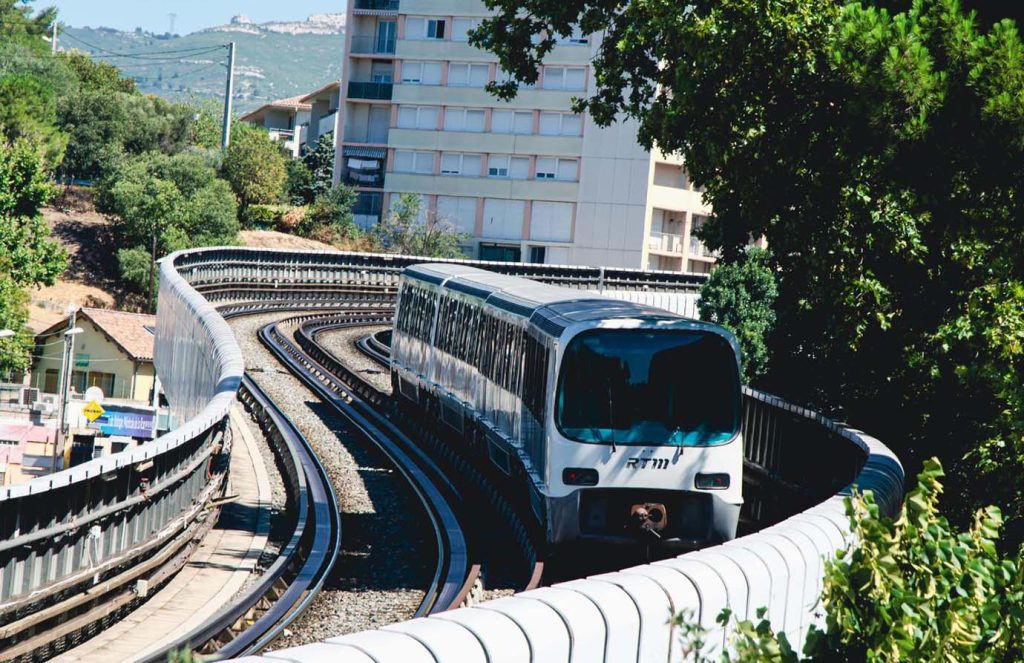
The metro has two lines:
- Line 1 (Blue): Runs from La Rose to La Fourragère.
- Line 2 (Red): Runs from Bougainville to Sainte-Marguerite Dromel.
Buses and trams cover areas not served by the metro, and there are several bus lines that connect the city center to the Calanques and other nearby attractions. If you plan to visit the Calanques or other areas outside the city center, consider renting a car or using a bike.
5. Be Mindful of Safety and Pickpockets
Like any major city, Marseille has areas that are safer than others, and tourists should be mindful of their surroundings, particularly in crowded areas. Pickpocketing can be an issue, especially in busy tourist spots like the Old Port, public transport, and markets. Keep your belongings secure, avoid carrying large amounts of cash, and be cautious with your phone and camera.
It’s also advisable to avoid certain neighborhoods after dark, such as those on the outskirts of the city, unless you’re familiar with the area. The city center and tourist areas are generally safe, but it’s always good to stay alert.
6. Experience Marseille’s Culinary Delights
Marseille is famous for its seafood, particularly the traditional dish bouillabaisse, a rich fish stew that is a must-try for visitors. The dish is made with various types of fish, shellfish, and a flavorful broth, typically served with crusty bread and rouille, a garlicky mayonnaise.
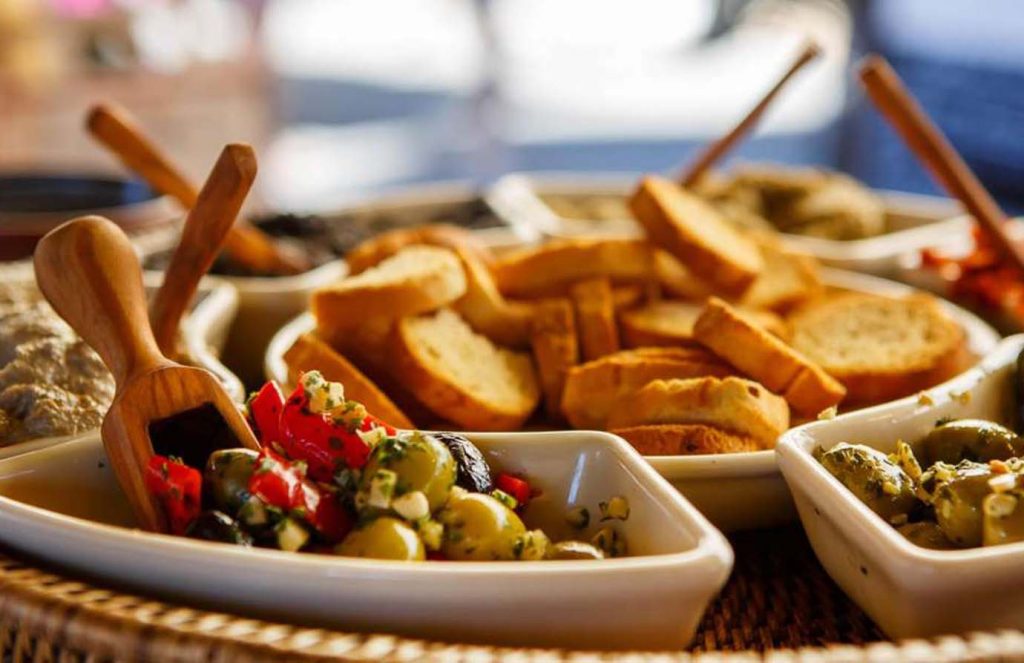
- Le Miramar: Located at the Old Port, this restaurant is one of the best places to try authentic bouillabaisse. It’s a bit pricey, but the quality and atmosphere make it worth it.
- Chez Fonfon: Situated in the Vallon des Auffes, a small fishing harbor, this restaurant is another top spot for bouillabaisse. The setting is picturesque, and the food is excellent.
If you’re looking for something more casual, Marseille has plenty of street food options, such as panisse (chickpea fritters) and chichi frégi (a type of donut). For a quick and satisfying meal, try a slice of pissaladière, a Provençal-style pizza topped with caramelized onions, anchovies, and olives.
7. Take a Day Trip to the Calanques
One of the highlights of visiting Marseille is the opportunity to explore the Calanques, a series of limestone cliffs, fjords, and beaches that stretch along the coast between Marseille and Cassis. The Calanques National Park is a haven for hikers, swimmers, and nature lovers.
- How to Get There: The easiest way to access the Calanques is by boat from the Old Port or by bus (Line 21) to the starting points of the hiking trails. If you’re up for a hike, you can also reach some of the Calanques by foot from Marseille’s southern neighborhoods.
- Hiking Tips: The trails can be challenging, with steep climbs and rocky paths, so wear sturdy shoes and bring plenty of water, especially in the summer. It’s also important to check the weather and trail conditions before heading out, as the trails can be closed due to high fire risk during the summer months.
- Boat Tours: If hiking isn’t your thing, consider taking a boat tour from the Old Port. These tours offer stunning views of the cliffs and the opportunity to swim in the crystal-clear waters of the Mediterranean.
8. Explore the City’s Rich History
Marseille is one of the oldest cities in Europe, founded by the Greeks around 600 BC. Its rich history is evident in its architecture, museums, and historic sites. Here are a few must-visit spots for history buffs:
- Basilique Notre-Dame de la Garde: This iconic basilica, perched on a hill overlooking the city, is one of Marseille’s most famous landmarks. The views from the top are breathtaking, and the basilica’s interior is equally impressive.
- Le Panier District: This is the oldest part of Marseille, with narrow streets, colorful houses, and plenty of history to discover. Be sure to visit the Vieille Charité, a beautiful 17th-century almshouse that now houses museums and exhibitions.
- Fort Saint-Jean: Located at the entrance of the Old Port, this historic fort offers stunning views of the harbor and the Mediterranean. It’s connected to the MuCEM (Museum of European and Mediterranean Civilizations) by a striking modern bridge, making it easy to explore both in one visit.
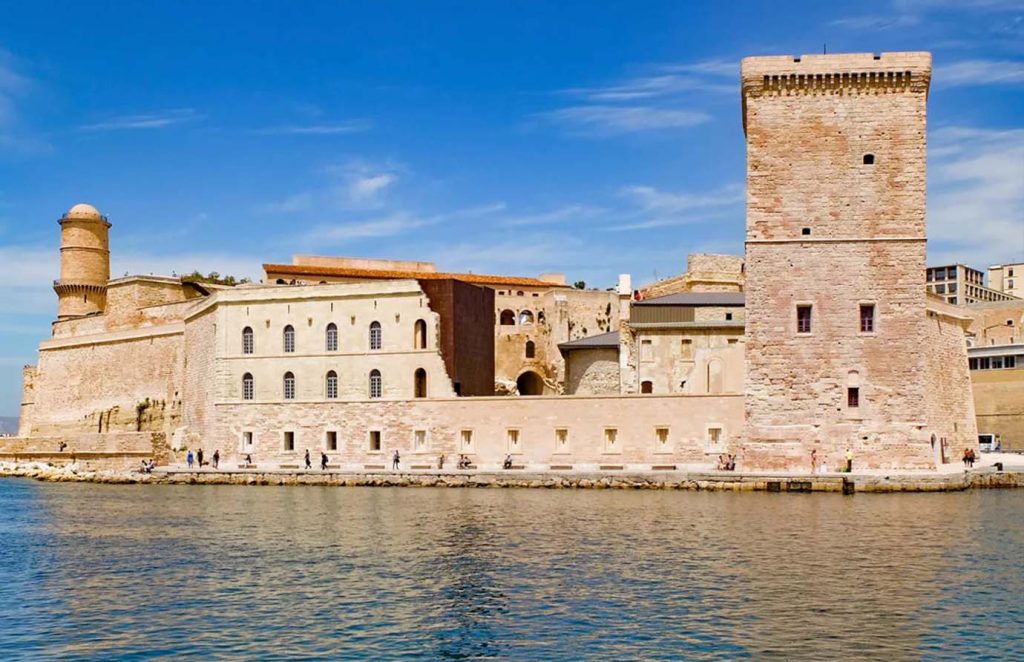
9. Embrace the Local Culture
Marseille is a melting pot of cultures, and this diversity is reflected in its food, music, and festivals. The city has a vibrant arts scene, with numerous galleries, theaters, and music venues to explore. Some popular cultural events include:
- Festival de Marseille: Held in the summer, this festival features dance, theater, and music performances from around the world.
- Fête de la Musique: This annual music festival takes place on June 21st and is celebrated with free concerts and performances throughout the city.
- La Fiesta des Suds: A popular music festival in October that showcases a mix of global sounds, from rock and reggae to electronic and world music.
When visiting Marseille, take the time to immerse yourself in the local culture. Whether it’s enjoying a traditional Provençal meal, attending a live music performance, or simply strolling through the city’s vibrant neighborhoods, you’ll find that Marseille has a unique charm that’s unlike anywhere else in France.
10. Plan Your Budget and Accommodations
Marseille is a relatively affordable destination compared to other major French cities like Paris and Nice. However, it’s still important to plan your budget and accommodations carefully.
- Accommodations: There’s a wide range of accommodations in Marseille, from luxury hotels to budget-friendly hostels and Airbnb rentals. The Old Port area is the most popular and convenient place to stay, but it can be pricey. For a more budget-friendly option, consider staying in the Le Panier or Cours Julien districts.
- Dining: Eating out in Marseille can range from inexpensive street food to high-end dining. To save money, try dining at local bistros or picking up fresh ingredients from markets like Marché des Capucins to make your own meals.
- Transportation: Public transportation is affordable and efficient, but if you plan to explore beyond the city, renting a car might be more convenient. Be aware that parking in the city center can be challenging and expensive.
- Activities: Many of Marseille’s top attractions, such as the Basilique Notre-Dame de la Garde and the Calanques, are free to visit. Museums and cultural sites usually charge a small entry fee, but there are often discounts for students, seniors, and families.
Marseille is a city that offers something for every type of traveler. Whether you’re interested in history, culture, food, or outdoor activities, you’ll find plenty to explore and enjoy. By understanding the city’s layout, learning a few key phrases, and planning your trip carefully, you’ll be well-prepared to make the most of your visit to this dynamic and diverse city. Whether you’re strolling through the historic streets of Le Panier, enjoying a sunset at the Old Port, or exploring the natural beauty of the Calanques, Marseille is sure to leave a lasting impression.
